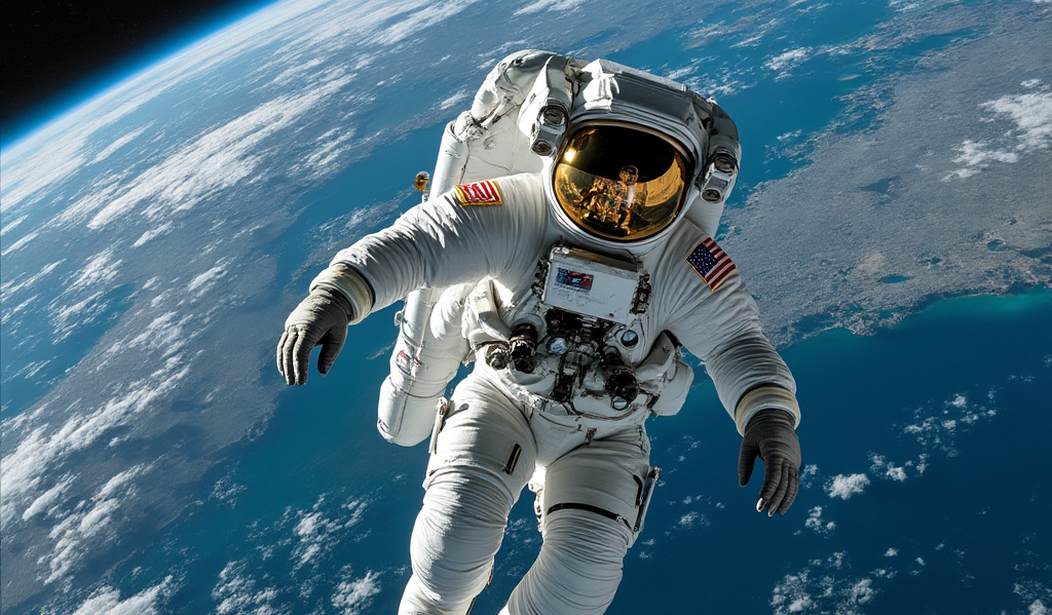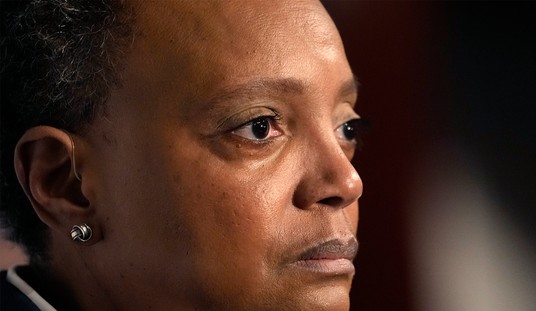The decision was unanimous. All present at NASA's Flight Readiness Review voted against astronauts Butch Wilmore and Suni Williams flying home from the International Space Station on Boeing's troubled Starliner space capsule. Members of the agency's Commercial Crew Program came to the same conclusion, leaving NASA Administrator Bill Nelson little choice but to direct Wilmore and Williams to come home on board a SpaceX Crew Dragon capsule in February.
That's what you probably already knew. Let's look a little deeper and farther forward.
The reason for the decision was straightforward. While engineers on the ground in White Sands, N.M., were able to replicate Starliner's thruster issues, they were not able to understand them. Eric Berger reported on Saturday:
When NASA took this finding to the thruster's manufacturer, Aerojet Rocketdyne, the propulsion company said it had never seen this phenomenon before. It was at this point that agency engineers started to believe that it might not be possible to identify the root cause of the problem in a timely manner and become comfortable enough with the physics to be sure that the thruster problem would not occur during Starliner's return to Earth.
I suppose we'll find out when Starliner makes its unmanned return trip, but that isn't the kind of knowledge you want to obtain with two astronauts on board.
The question now is what's next for Starliner.
There's no way NASA will certify Starliner for manned missions without yet another crewed flight test to the ISS. You know, one that ends successfully with the astronauts coming back home in the same space capsule they arrived in. Since Starliner is done on a fixed-price basis, that extra flight test — just like the extra unmanned flight test in 2022 — will come out of Boeing's pocket.
NASA has only committed to three of the six manned Starliner flights to the ISS that Boeing was supposed to fly. With all the delays and two failed missions, it seems 99% certain that the remaining three will go to SpaceX.
Boeing can't hope to break even on just three Starliner flights. If I understand the fixed-price terms correctly, if Boeing cancels Starliner unilaterally, they must refund the $4.6 billion taxpayers paid them to develop the flawed spaceship — minus the remaining funds NASA has yet to disburse. If the termination is mutually agreed to, then Boeing can keep what they've been paid to date.
The reason for the fixed-price contract, rather than cost-plus, is that there's nothing new about a reusable space capsule with a disposable service module. Yet after ten years, three test flights, and more than four billion dollars, Boeing still can't make Starliner work.
Books will be written about how a fabled designer of spacecraft fell to Earth.
As I write these words on Monday morning, Boeing's Starliner Updates page still says, "Boeing’s confidence remains high in Starliner’s return with crew." It's no huge shock that the company hasn't updated the page yet. Boeing has known of NASA's decision only since Saturday, and it takes time to work up all the correct lawyer-speak that admits to a great big huge failure without admitting to a great big huge failure.
Recommended: Florida Man Friday: Is That a Pizza in Your Pocket or Are You Just Happy to Fleece Me?
P.S. If you aren't already a VIP supporter, please consider helping us keep independent news and analysis alive, and don't forget our 50% off SAVEAMERICA promo code.










Join the conversation as a VIP Member